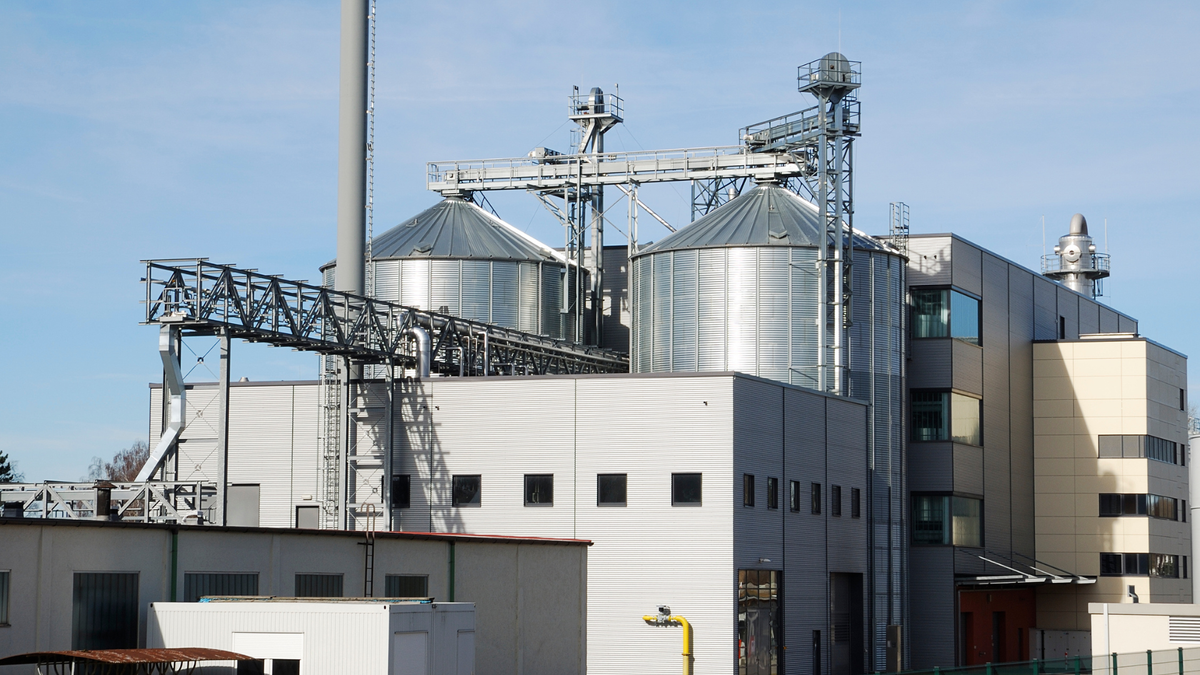EU Hydrogen Goals Face Cost, Demand Challenges, ACER Report Warns

The European Union's ambitious hydrogen targets are at risk due to uncertain demand and high production costs, according to the Agency for the Cooperation of Energy Regulators (ACER). In its European Hydrogen Markets 2024 - Market Monitoring Report, ACER highlights significant obstacles to achieving the EU's 2030 goal of 20 million tons (Mt) of renewable hydrogen consumption.
Current EU hydrogen consumption stands at 7.2 Mt, with 99.7% derived from fossil fuels. Electrolysis-produced hydrogen remains negligible at 22,000 tons. While projections suggest 2–4 Mt of renewable and low-carbon hydrogen could be consumed by 2030, adoption across industries and transport sectors has been slow.
The report underscores the limited installed electrolyser capacity of 216 MW as of 2023, with 1.8 GW under construction for operation by 2026. Despite 60 GW of announced projects by 2030, these fall short of the over 100 GW required to meet renewable hydrogen production targets of 10 Mt.
Production costs remain a major hurdle, with green hydrogen priced 3–4 times higher than hydrogen from natural gas. This cost disparity, compounded by EU rules on renewable fuels of non-biological origin (RFNBO), discourages market integration. High costs could challenge sectors like steel, though their impact on end-product prices, such as electric vehicles, is expected to be moderate.
Infrastructure development is another bottleneck. Although plans include 42,000 km of pipelines and numerous storage and terminal projects, final investment decisions have been made for only 1% of these initiatives.
To address these challenges, ACER recommends:
- Rapid transposition of EU hydrogen regulations into national laws.
- Accelerating electrolyser deployment and electricity sector decarbonization to enhance cost competitiveness.
- Better planning to avoid over-investment in hydrogen infrastructure.
- Infrastructure development based on market needs to mitigate demand risk.
- Market clarity on non-renewable, low-carbon hydrogen's role.
The report emphasizes the urgency for coordinated action to ensure the EU's hydrogen ambitions remain viable.
Source: Balkan Green Energy News
